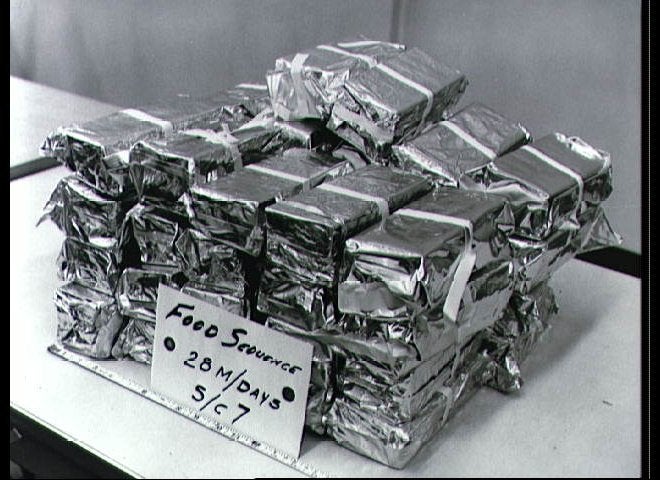NASA announced Monday that after 35 years of exploration, its Voyager 1 spacecraft has entered a new, unanticipated region of space near the edge of the solar system--a "magnetic highway" where charged particles take the "exit ramp" to interstellar space.
The region connects the sun's magnetic field lines to interstellar magnetic field lines, allowing "lower-energy charged particles that originate from inside our heliosphere... to zoom out, and higher-energy particles from outside to stream in," according to a written statement issued by NASA partner Johns Hopkins Applied Physics Lab.
The heliosphere is the "immense magnetic bubble containing our solar system, solar wind, and the entire solar magnetic field," according to NASA.
Scientists say they believe this is the final region Voyager 1 has to cross before reaching interstellar space.
Voyager 1's instruments showed a five-fold increase in high-energy charged particles, accompanied by a 1,000-fold drop in low-energy particles, NASA officials said.
These data would be consistent with Voyager 1's exit from the heliosphere, but Voyager 1's magnetic-field reading instrument indicates otherwise.
It shows an East-West magnetic field orientation, indicative of the sun's influence. The magnetic field in interstellar space, influenced by winds from explosions of supernovae, is thought to have a roughly North-South orientation, according to NASA astrophysicist Leonard Burlaga.
Voyager 1 may remain within the heliopause for another two to three years, but it's hard to anticipate how long it will be until the probe leaves the solar system, NASA scientists said. The heliopause is where the interstellar medium and solar wind pressures balance, the outer boundary of the solar system.
Launched in 1977 to explore the outer solar system, Voyager 1 and and its twin, Voyager 2, are the longest-serving spacecraft. Voyager 1 is currently 122 AU from Earth, and Voyager 2 is about 100 AU away. One AU, or astronomical unit, is equivalent to the distance from Earth to the sun.

